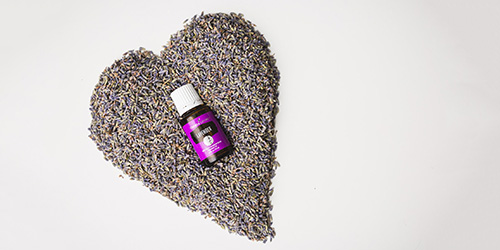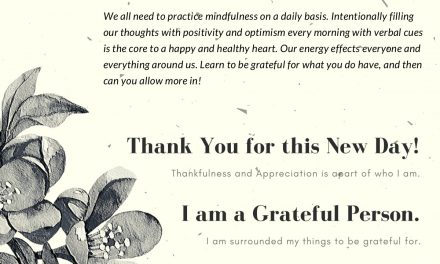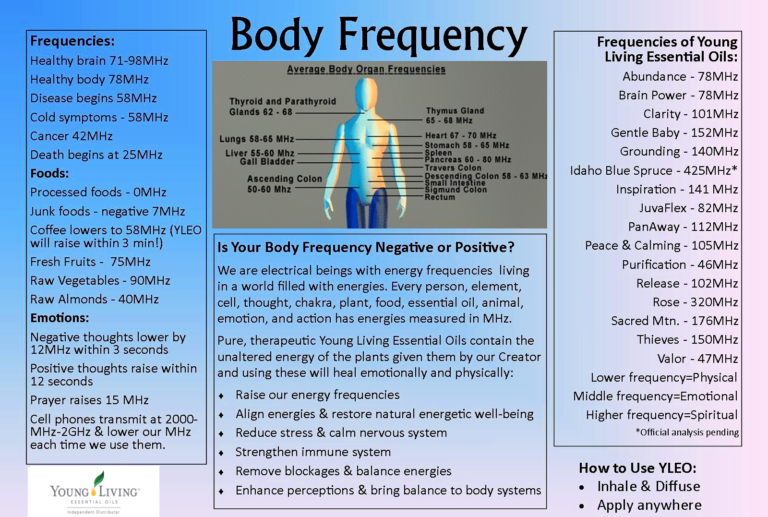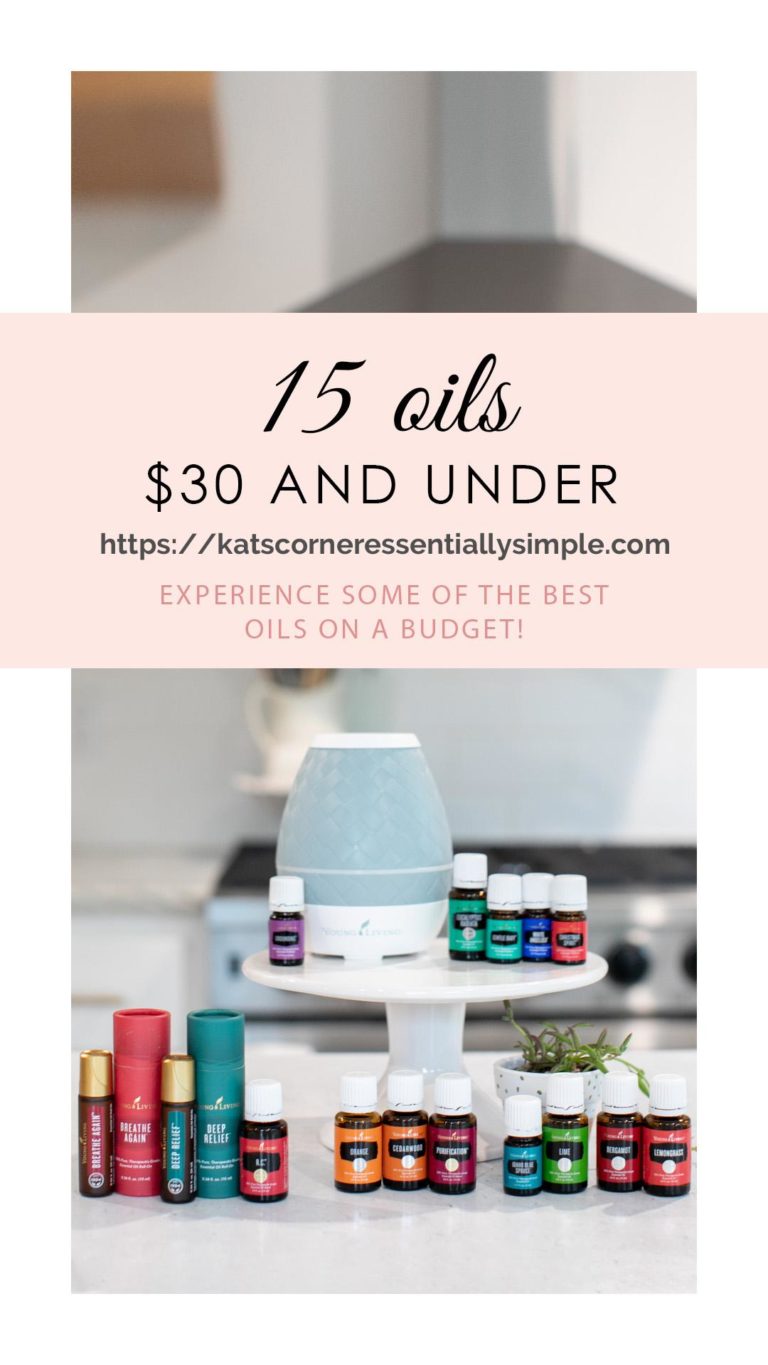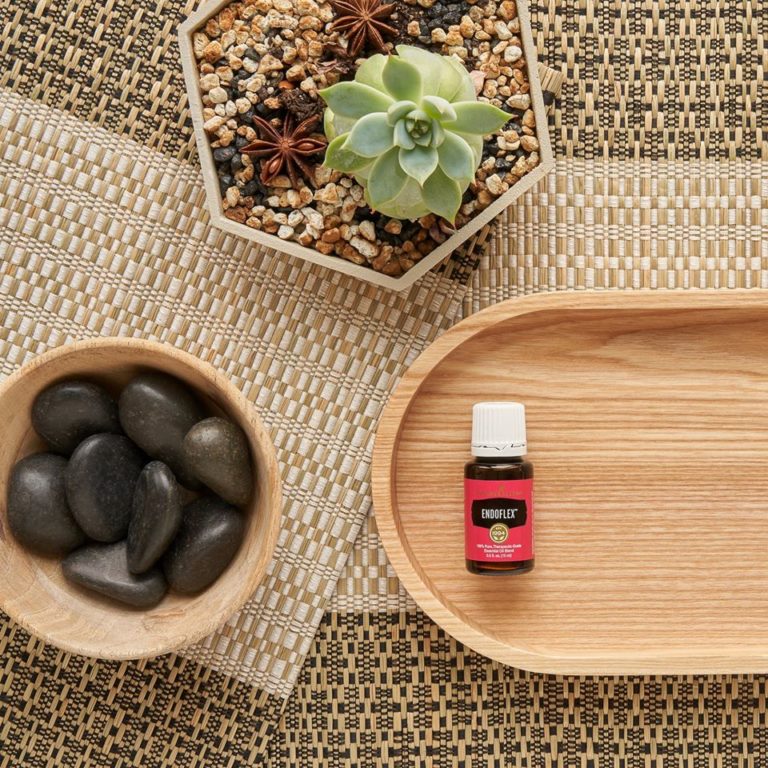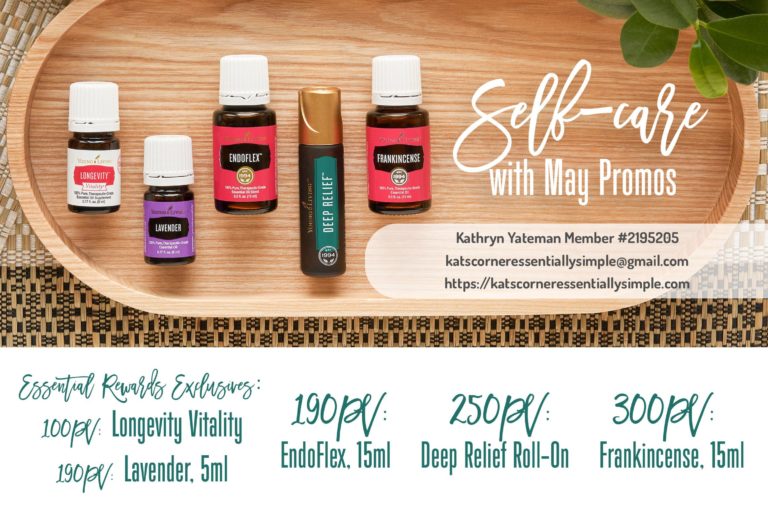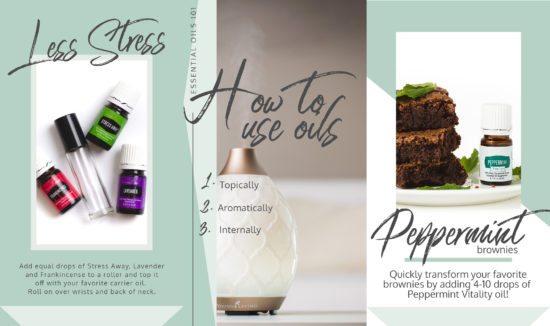Emotions and Essential Oils

By : Lindsey Elmore February 14, 2019
As a natural health educator, some of the most common questions I receive are related to how our emotions affect our health and how we can use essential oils to relieve and release stored emotional trauma. Understanding how our emotions work and how our brain processes them is key to understanding the process by which we can overcome and let go. Let’s dig into the science behind our emotions, our sense of smell, and how to use oils to improve emotional health.

What is an Emotion?
There are so many definitions for that single word. This is possibly because There is no scientific consensus on a single definition. Emotion represents a mental state associated with thoughts and feelings. It is a conscious experience with intense mental activity and and a high degree of pleasure or displeasure. Emotion is often intertwined with mood, temperament, past experiences, personality, disposition, and motivation.
A Look at the Emotional Center of the Brain
The limbic system, often referred to as the “emotional brain”, resides within the cerebrum. This portion of the brain handles emotional response, hormone function, behavior, motivation, long-term memory, and sense of smell. Several other specialized areas reside within the limbic system, including:
- Hippocampus – responsible for forming short- and long-term memories.
- Amygdala – perceives emotions such as anger, fear, and sadness; plays a role in controlling aggression; helps store memories of events and emotions; also plays a role in sexual activity and libido.
- Hypothalamus – controls reproduction, sleep patterns, and body homeostasis.
- Thalamus – relays sensory information to the cerebral cortex.
In addition to being closely tied to the sense of smell, you can see why our emotions can affect so many other things in our lives. The portion of your brain that governs emotions also plays a part in memory, sexual desire, reproduction, sleep, and overall homeostasis.
How do Essential Oils Impact Emotions?
The exact details of how smells impact emotions are difficult to define. But let’s consider what happens when we inhale an aroma.

When an odorant molecule floats through the air into your nose, it lands on tiny hairs inside your nose called cilia. The cilia then start to vibrate, generating an electrical signal. The signal travels up to a receptor cell, which starts to bundle packets of smell information, and sends projections into the olfactory bulb. The smell information is even further bundled into packets that travel to the limbic system via pyramidal cells.
Here in the limbic system, an emotional shift occurs in response to the smell. For example, we all know the experience of smelling something that triggers a memory, or knowing that you do not want to date a certain person because you can’t stand the way he or she smells. Although it is not exactly clear how the emotional response forms, it is very clear that it does. Furthermore, studies show that olfactory-evoked memories often create a higher emotional arousal than simply recalling a memory with no associated olfactory stimuli.
So How Can We Change Our Emotions Using Essential Oils?
As the name indicates, aromatherapy is a therapy that uses aromas. More accurately, aromatherapy is a branch of botanical medicine using volatile and aromatic plant compounds. Because of the unique direct relationship between emotions and olfaction within the brain, essential oils can help “unlock” stored memories and emotions. When you breathe in an essential oil, molecules enter the limbic system and elicit an emotional response.
An aversion to a particular oil may indicate something more than just personal preference. It could actually be stirring an unpleasant emotional response. Conversely, oils that bring about positive emotions are likely favored. This is because aromas actually have an effect on your brain waves affecting your emotions. Here is an exercise that can help you better understand and change your emotions.

Simple Emotional Release Exercise
- Identify the emotion and call it by name (fear, guilt, grief, anger, resentment, loss, etc.) If you cannot name the emotion but have pain in a particular area of your body, look up the area of pain in Karol Truman’s book, Feelings Buried Alive Never Die.This will help you identify and name the emotion associated with the pain.
- Next, look up the emotion in Releasing Emotional Patterns with Essential Oils, by Carolyn Mein. This will give you an essential oil that can be used to release your specific emotion.
- Grab the recommended essential oil and apply it to the appropriate area of the body. This may be the area where you are experiencing pain or another area. Mein has suggested “alarm points” and corresponding body charts to offer one possibility. Sometimes, you will just have a sense or “knowing” of where to apply the oil.
- In addition to this, place one drop of the essential oil in your palms, and breathe the aroma deeply while visualizing the emotion as best you can. Does the emotion live somewhere in your body? Do you detect a color, sound, taste, or other presence to it?
- Every emotion listed in Mein’s book also has a “way out” or opposite emotion. Memorize the name of your emotion as well as its opposite.
- Then, repeat the following phrases out loud:
“I choose to release the trauma behind the emotion of (insert your emotion).” Repeat 3 times.
“I choose (insert opposite word).” Repeat 3 times.
- Inhale the aroma again and visualize the emotion changing and releasing from your cells. Give it permission to leave. You may also recite aloud the following statement from Gary Young:
“I lovingly and willingly release that which no longer serves me in a positive or progressive way.”
It Doesn’t Have to Hurt

One common misconception about emotional release is that the release itself will cause emotional pain. Many people assume it is necessary to relive a traumatic situation in order to move past it. While sometimes it is beneficial to revisit some things from our past, this is not always the case. Using the steps above, or some similar technique, you can gently let go of emotions. Time and time again, I hear people comment that emotional release is easier and more peaceful than they expected.
With a prayerful heart, open your mind to the possibility that it can be just that easy to let go of the burden of whatever emotional scars to which you are hanging on. They are not serving you any purpose. Take a deep breath, and give yourself permission to let them go.
For further reading about essential oils and emotions, check out this post about Acceptance oil, the Sense of Smell, and Emotions.
I hope you got some great advice here from Lindsey Elemore. This is a subject dear to my heart and suffered from depression for many years. I now have a different attitude, different thought process different way of getting my supplements and yes essential oils are totally party of my daily life! I thank god everyday for discovering Young Living. Why? Because I had tried other oils in the past and did not even get results that I wanted actually nothing at all. If you would like to contact me and talk alittle more please visit me on my website https://oily.life/katscorneressentiallysimple

